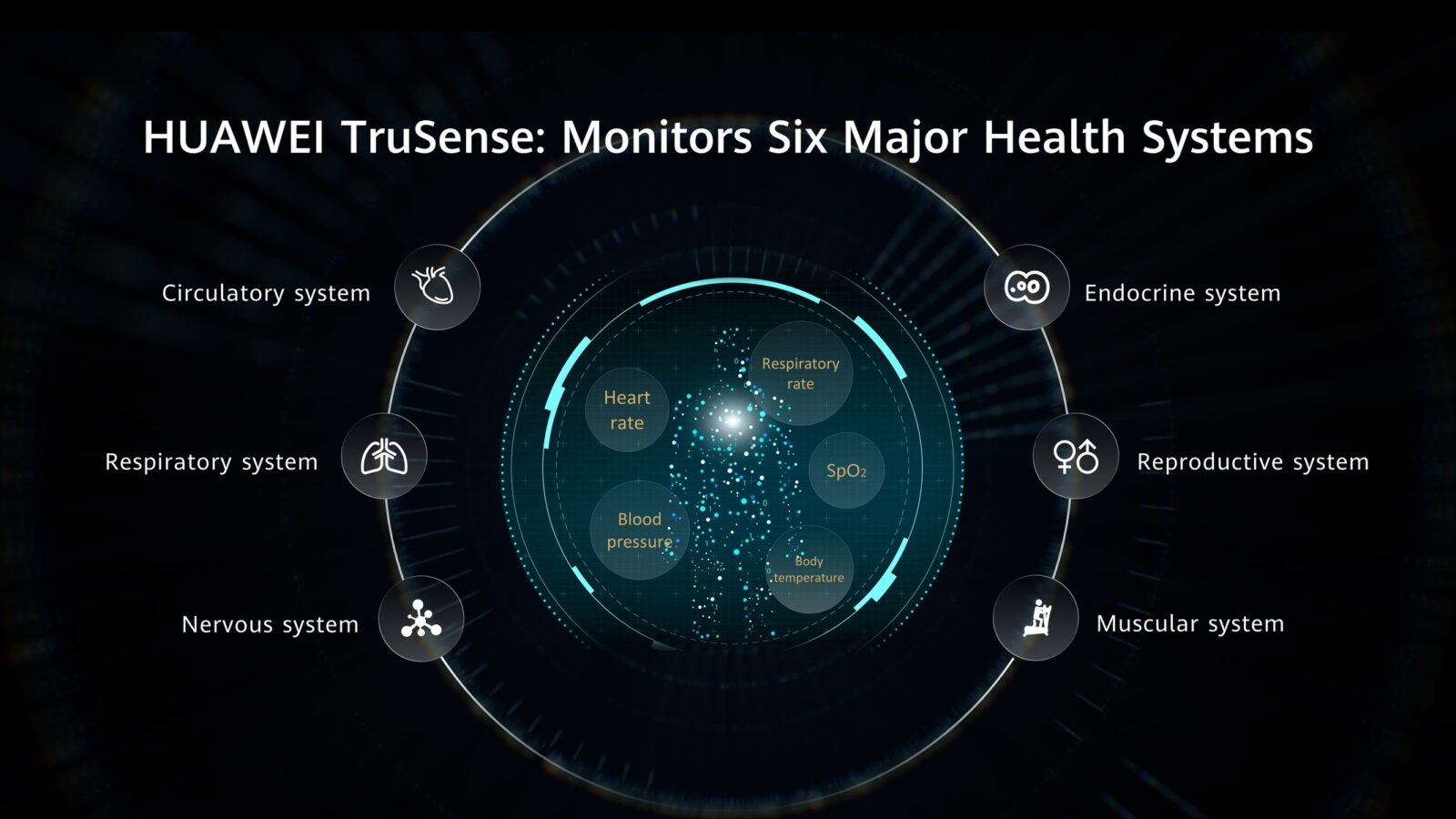Huawei is introducing a major update to its wearable health tracking system, further expanding its capabilities with the addition of a new sensing module designed to improve monitoring accuracy and speed. The latest version of its health suite, known as the HUAWEI TruSense System, now incorporates a Distributed Super-Sensing Module—a new feature that extends biometric tracking from the wrist to the fingertip.
The update marks a continuation of Huawei’s push into the digital health space, an area the company has invested in over the past decade. This new iteration of TruSense combines optical, electrical, acoustic, and mechanical sensors in a distributed configuration, using both wrist and fingertip inputs to gather more precise health data. The fingertip, in particular, offers certain physiological advantages due to its high vascular density and lower levels of interference from skin pigment and body hair, which can skew wrist-only readings.
The expanded system now captures over 60 biometric indicators across six major bodily systems, including cardiovascular, respiratory, and nervous functions. One of the more notable features is a new emotional well-being tracker, which monitors autonomic nervous system activity and heart rate to offer users a snapshot of their mental health and stress levels—an area of increasing focus in the wearable market.

Another improvement lies in the speed and depth of health assessments. The newly enhanced “Health Glance” feature can now evaluate more than 10 key health indicators in about a minute, with new metrics added for Heart Rate Variability (HRV), emotional state, and ovarian function. Blood oxygen level detection has also been accelerated, providing real-time feedback rather than delayed readings.
The system’s overhaul responds to growing consumer interest in more proactive, real-time health management tools. Instead of relying solely on wrist-based readings, the new distributed design allows for broader signal collection across the body, helping reduce noise and improve accuracy—especially in areas like cardiovascular health monitoring, where detail matters.
The upgraded TruSense platform is expected to debut in Huawei’s upcoming HUAWEI WATCH 5, slated for official unveiling on May 15, 2025, in Berlin. While exact hardware details have yet to be disclosed, the company’s focus appears to be on refining biometric precision and expanding the practical applications of wearable health tech.
As competition in the wearable space intensifies, particularly in the sub-$700 market, this update positions Huawei to remain a significant player in consumer health technology, especially in markets where regulatory hurdles for medical-grade devices are less restrictive.







